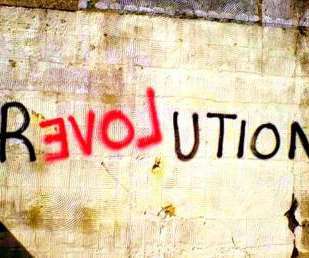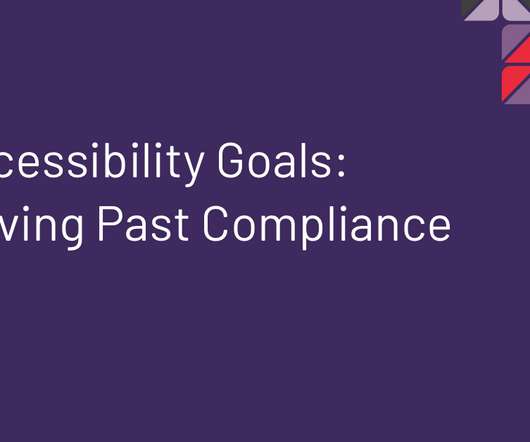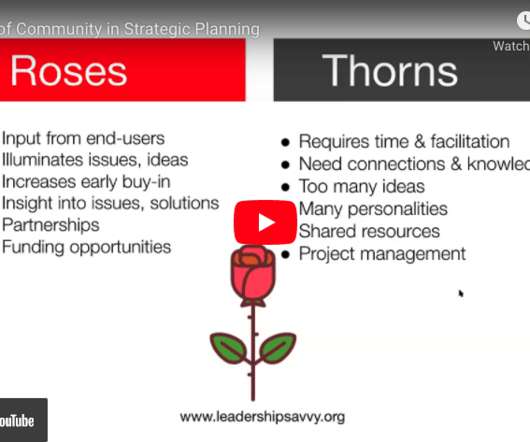The ongoing revolution in philanthropy: An open-ended reading list
Deborah Elizabeth Finn
NOVEMBER 25, 2019
Articles, reports, podcasts, and videos: The Problems With Philanthropy, and What We Can Do to Fix Them. Deciding Together Shifting Power and Resources Through Participatory Grantmaking. Empowering Communities: Participatory Grantmakers Say We Must Go beyond Feedback. Equity in the Center: Video Case Studies.



























Let's personalize your content